Palatino®
字体介绍:
它本身已成为一种现代经典,并深受专业平面设计师及业余爱好者的欢迎。Palatino适用于文本和展示排印。新的Palatino™ Linotype是一个OpenType版本,在四个大的字符集中有许多新设计的字符; 包含了对拉丁语、希腊语、西里尔语和中欧语言的广泛支持。
此外,Hermann Zapf与Akira Kobayashi一起共同打造了拥有更多字重和版本的Palatino nova家族以及Palatino Sans家族。
Palatino is the work of Hermann Zapf, and is probably the most universally admired and used of his type designs. In 1950, it was punchcut in metal by August Rosenberger at D. Stempel AG typefoundry in Frankfurt am Main, and then adapted for Linotype machine composition. Zapf optimized Palatino's design for legibility by giving it open counters and carefully weighted strokes, producing a typeface that was legible even on the inferior paper of the post-World War II period. The font was named after Giambattista Palatino, a master of calligraphy from the time of Leonardo da Vinci. Palatino is a typeface based on classical Italian Renaissance forms. It has become a modern classic in itself, and is popular among professional graphic designers and amateurs alike. Palatino works well for both text and display typography. The new Palatino™ Linotype is an OpenType version with many newly designed characters in four large character sets; including extensive support for Latin, Greek, Cyrillic and Central European languages. Additionally Hermann Zapf made together with Akira Kobayashi the Palatino nova family with more weights and versions and a Palatino Sans companion family.













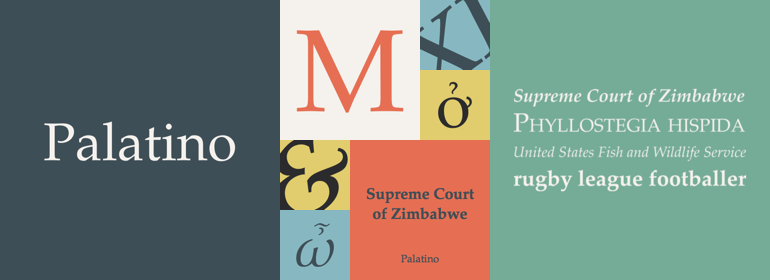
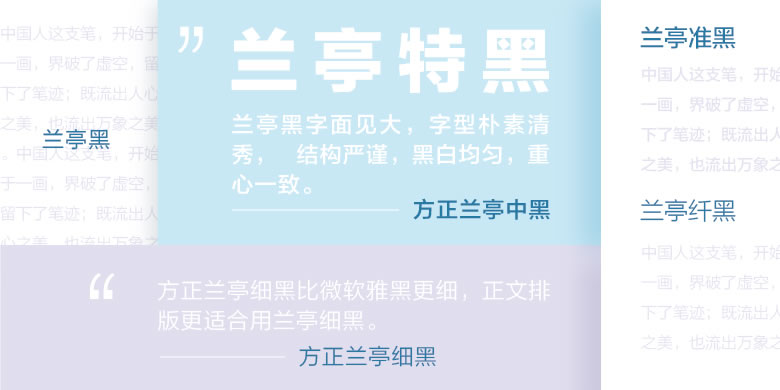

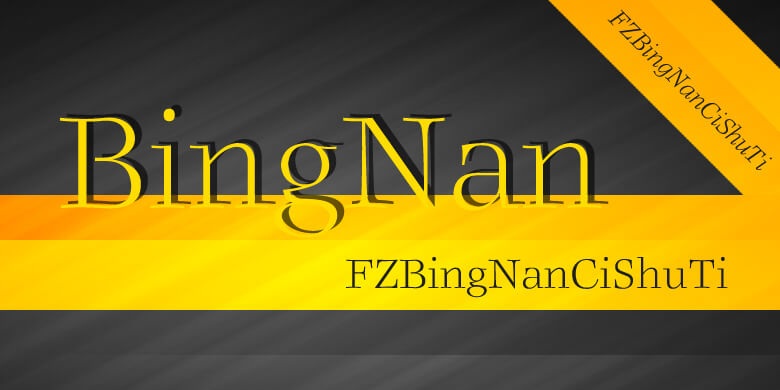
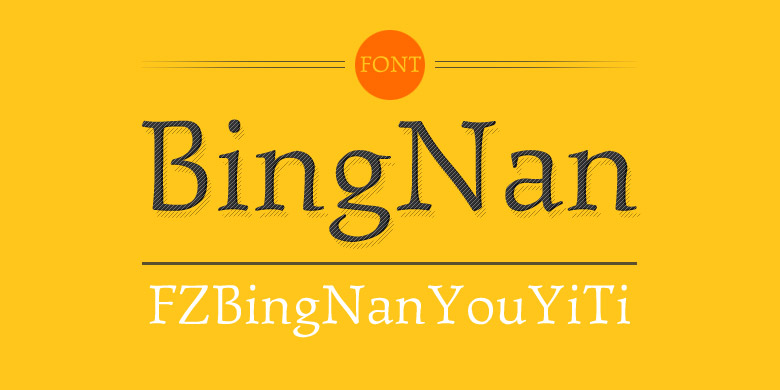


 商业发布授权
商业发布授权
 出版物授权:针对出版物
出版物授权:针对出版物
 嵌入式应用授权
嵌入式应用授权







